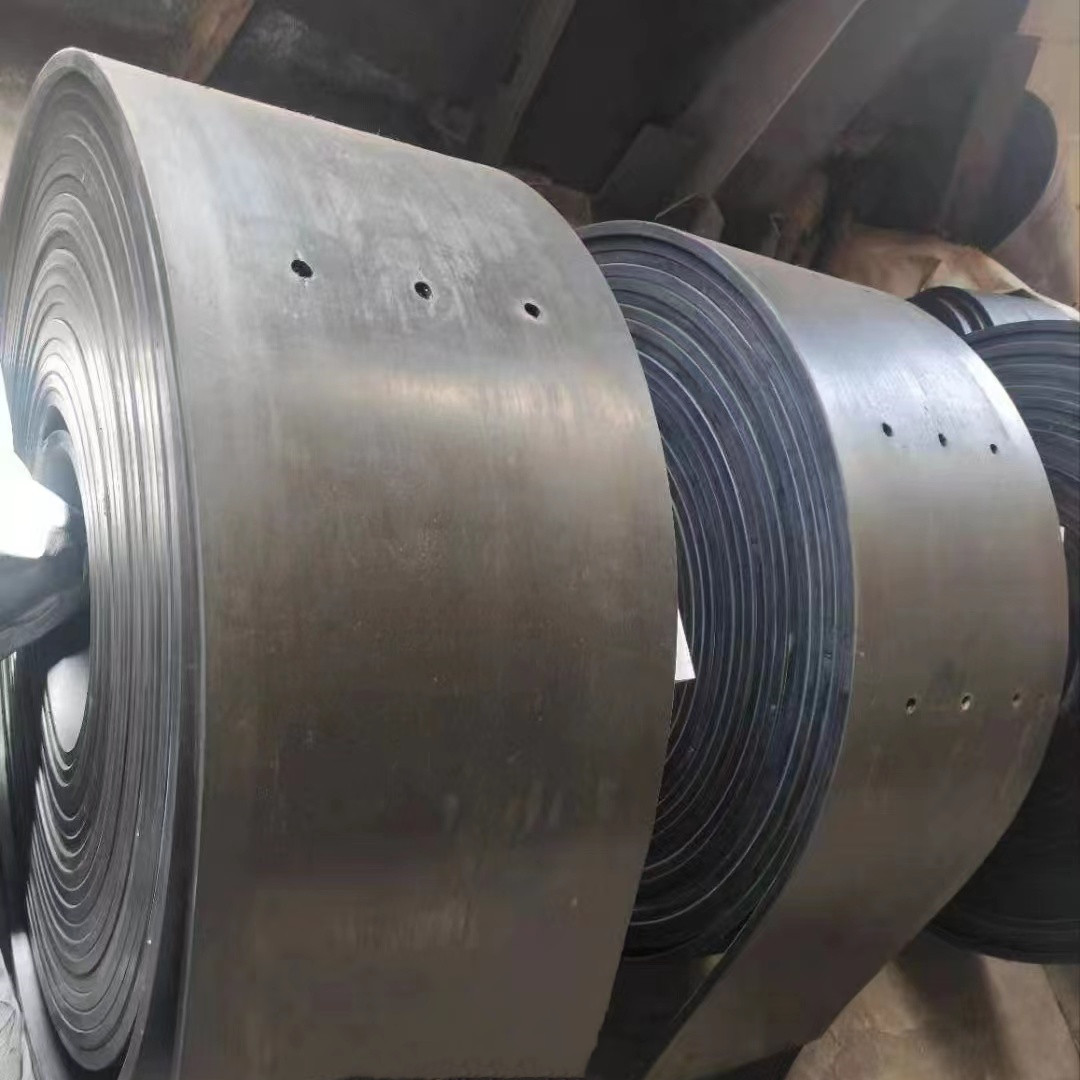How to Fix Conveyor Belt Tracking Issues

Fix Conveyor Belt Tracking Issues. Aligning and controlling a belt is always a common challenge for plant maintenance. Although its path is imperative to all floor operations, there are many factors that influence a belt’s ability to track correctly
1. Check for product, debris, and build up
Inspecting a conveyor for mechanical and cleanliness issues needs to be a part of your standard preventive maintenance.
The most prevalent source of mis-tracking is a result of product or basic materials built up on the bottom side of the conveyor belt or pulleys. Often this pending result can create a crown or raised portion on the pulley which can result in the conveyor belt mis-tracking to one side or the other.
2. Check to ensure the conveyor frame is level and square
Product and line changes happen frequently in the baking industry.
This usually means current conveyor systems are moved or modified to meet the latest production requirements. It is during this process a conveyor bed may become out of level or square. Fix Conveyor Belt Tracking Issues
When a conveyor bed is out of level or square, the conveyor belt has a tendency to move toward one side or the other. This can be checked by utilizing a standard level. Be sure to check both the frame and the pulleys as well.
Making sure your conveyor bed is square is also easy to do.
Simply measure dimensions from one corner to the opposite corner on each side of the conveyor. The measurements should equal one another. Don’t worry if you’re slightly out of square, as most manufacturers provide what are referred to as squaring rods on the bottom side of the conveyor. These can be used to pull the frame back into alignment.
3. Check to ensure the end pulleys are square
Sometimes, the wrong pulleys are used to track or adjust the belt. This is a common problem when the conveyor utilizes a center drive and tracking configuration.
Start by checking to ensure that every pulley is properly aligned with the conveyor frame. Only use snub rollers and idlers to make tracking adjustments. If at all possible, avoid using the drive roller for tracking adjustment.
4. Check to ensure the conveyor belt has been cut straight
Unfortunately, not all belts we receive are cut and shipped perfectly. When a belt is slit incorrectly, this can put an arc or curve into the belt, which will result in a mis-tracking condition.
If the belt is not aligned correctly during the joining process (laced or made endless), this too can cause a mis-tracking condition. If you suspect this is the case, remove the conveyor belt from the conveyor, lay it out on a table or floor, and see if you notice an arc or curve in the belt.
